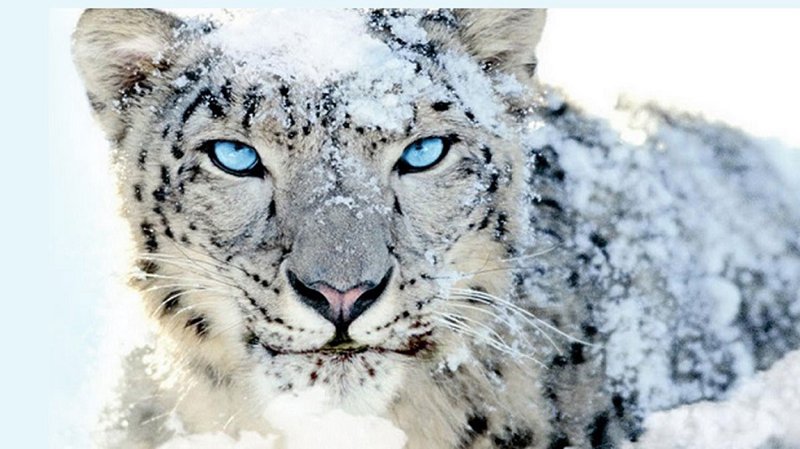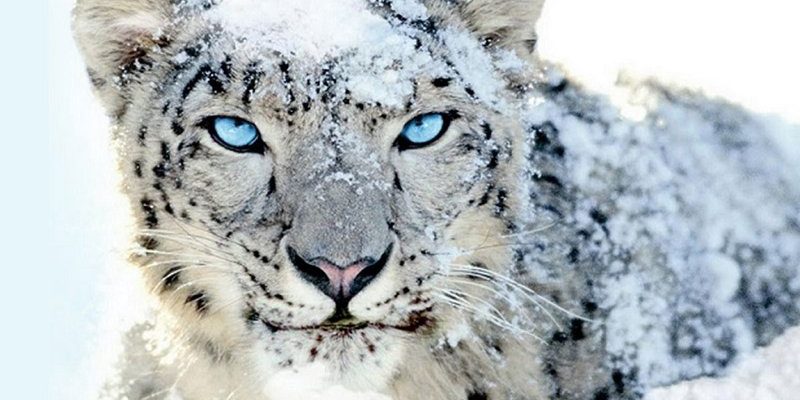
So, is the snow leopard endangered? Sadly, yes. This powerful feline has been classified as endangered by the International Union for Conservation of Nature (IUCN). Despite its elusive nature, the snow leopard’s struggles represent a larger story about conservation efforts that affect various species and ecosystems worldwide. Let’s dive into the critical aspects of their conservation status and what we can do to help.
The Status of Snow Leopards in the Wild
To understand the plight of the snow leopard, it’s essential to look at the facts. As of now, it’s estimated that there are only about 4,000 to 6,500 snow leopards left in the wild. These numbers might seem staggering, especially when you consider how wide their habitat stretches across 12 countries, including Mongolia, Nepal, and Pakistan. The terrain they traverse is rugged and often inhospitable, but it’s also where they thrive as top predators in their environment.
One major factor contributing to their endangered status is habitat loss. As human populations grow, more land is cleared for agriculture and development, encroaching on the snow leopard’s territory. Imagine living in a beautiful treehouse—only to see the trees being cut down one by one. That’s essentially what’s happening to these magnificent cats, leaving them with fewer places to roam and hunt.
Understanding Their Habitat
Snow leopards primarily inhabit alpine and subalpine zones, which are characterized by steep, rocky terrains and harsh weather conditions. These high-altitude environments are what make them unique. Their thick fur, long tails, and wide paws are perfectly adapted to navigate the cold, snowy landscapes. However, as climate change becomes more pronounced, the habitats of snow leopards are increasingly threatened.
Temperature changes affect the availability of prey species, like ibex and blue sheep. When their food sources diminish, snow leopards are forced to travel farther to hunt, which also brings them into conflict with local herders. This conflict can lead to retaliatory killings, where snow leopards are viewed as threats to livestock rather than as essential components of their ecosystem.
Threats Facing Snow Leopards
Snow leopards face a range of threats that come from both natural and human-induced factors. Let’s break down some of the most significant challenges they encounter.
- Poaching: One of the most pressing dangers for snow leopards is poaching. Their beautiful fur is highly sought after in illegal wildlife trade, making them prime targets for poachers. This not only diminishes their population but also disrupts the ecological balance in their habitats.
- Retaliatory Killing: As mentioned earlier, when snow leopards prey on livestock, herders often take matters into their own hands, killing these cats to protect their livelihoods. This creates a cycle of fear and misunderstanding.
- Climate Change: Climate change poses a long-term threat, altering the alpine environment they depend on. As temperatures rise, snow leopards may lose their habitat and the prey species crucial for their survival.
Understanding these threats is essential for developing effective conservation strategies, which is why global awareness is more critical than ever.
Conservation Efforts Around the Globe
Fortunately, there are numerous organizations and initiatives dedicated to protecting snow leopards and their habitats. These conservation efforts often involve collaboration with local communities and governments to implement sustainable practices.
For instance, the Snow Leopard Trust works closely with herders to minimize livestock losses, offering alternative solutions like improved fencing and compensation programs. By engaging local communities, they foster understanding and encourage coexistence between humans and wildlife. Imagine if everyone worked together to protect their shared home—this is the vision behind many conservation efforts.
Another significant initiative is the formation of the Global Snow Leopard and Ecosystem Protection Program (GSLEP). This international collaboration aims to protect the snow leopard’s habitat through effective management, community engagement, and research. Through these efforts, we can help safeguard not just the snow leopard, but the entire ecosystem that relies on it.
How You Can Help
You might be asking yourself, “How can I contribute to snow leopard conservation?” There are plenty of ways to make a difference! Supporting wildlife organizations financially, educating others about the importance of biodiversity, or even visiting conservation areas can help raise awareness and funds for these magnificent creatures.
Furthermore, consider advocating for policies that promote wildlife protection and habitat preservation. Every little action counts and can lead to significant change.
Success Stories in Snow Leopard Conservation
While the situation may seem dire, there are success stories in snow leopard conservation that offer hope. In some regions, community-based programs have led to significant increases in snow leopard sightings and population stability. For instance, in Nepal, the establishment of protected areas has helped create safe havens for these cats.
In Mongolia, local herders now participate in monitoring snow leopard populations, leading to increased awareness and reduced conflicts. By turning former adversaries into allies, these programs highlight the importance of collaboration in conservation efforts.
These success stories remind us that change is possible. When communities come together to protect their wildlife, everyone benefits.
Final Thoughts on Snow Leopard Conservation
So, is the snow leopard endangered? Yes, but it’s not a lost cause. By understanding the threats and supporting conservation efforts, we can play a pivotal role in ensuring these incredible creatures survive for generations to come. Just like the snow leopard navigates its rugged terrain, we too must navigate the challenges of conservation with determination and empathy.
Imagine a world where our children can still marvel at the sight of a snow leopard gliding across a snowy landscape. It’s up to us to make that vision a reality. Let’s work together to protect these majestic animals and their precious habitats—because every little bit counts!

